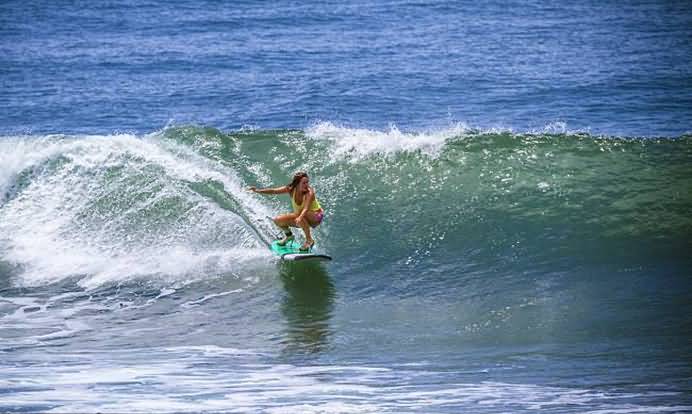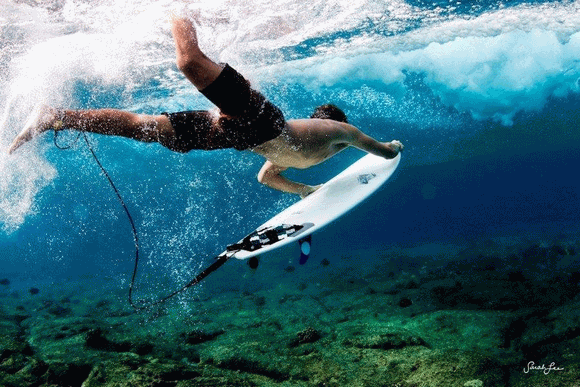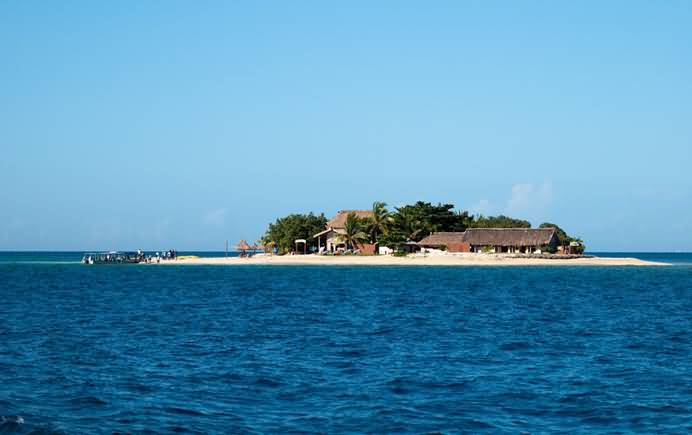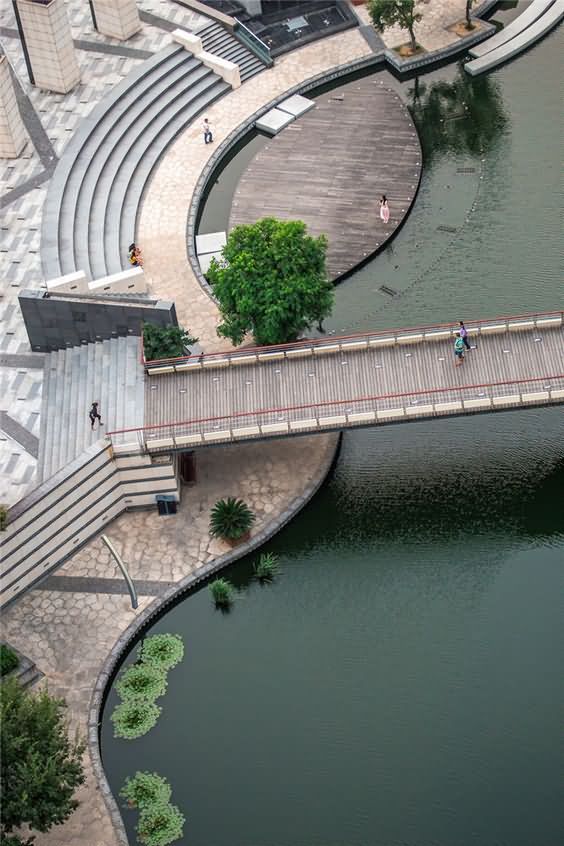Edit date: 2019.2.14
Editor's unit: Guangzhou Hengqiao Marine Engineering Co., Ltd.
The waterfront leisure layer structure is divided into seven different water structures: water space, water surface, water island, water beach, waterfront and waterfront. In this structure, there are differences among the three structures, especially the function, landscape, project and product cultural structure, which are very important in the planning process.
Beach: shallow area, important hydrophilic area, water leisure area, beach bathing is the most common. It is clear that a non-construction area, but is the most important water leisure tour, entertainment, interactive area, is hydrophilic core. Waterfront: the land near the water body is not only the berm area, but also the key area where water and village / town / city interact (artificial participation in the formation of ecological levee, art embankment, waterfront garden and other landscape leisure space). Waterfront is the most important structure for carrying constructive content and road traffic, sports and leisure projects.
Waterfront: shore development area (catering, holiday and other integrated service development area). Waterfront extension is the development structure, waterfront development is not only tourism, leisure project support and reception capacity and hotel construction, more importantly, it can be expanded into resorts structure, including land playground facilities. Theme resorts, landscape architecture, etc.

The differences between water and water from water to water constitute the diversity of hydrophilic leisure, water amusement and water movement.
Water: the space above the surface of the water. Seaplanes, hot air balloons, water umbrella wings, landing, cableways, bridges and so on can form an aerial bird's eye view, flying like birds and the structure of the air produces a differential experience.
Surface: the surface of water (with sightseeing boat / raft traffic and recreational tools, mainly water). The water surface constitutes the main body of the water game, including swimming, water polo, slipway, water spray series, water leisure bath, water skiing, boat, windsurfing, surfing, water inflatable amusement facilities and so on.

Underwater: below the surface of the water space (can be briefly diving entertainment, but also can build long-term underwater venues). Artificial way, movement way, experience way excavate underwater motion, underwater leisure and underwater exploration, underwater experience space, underwater participation and combine with fish and underwater plant to do underwater landscape innovation, there is very big space.
Water Island: the core identification system and recreation destination in the water body. Water islands are especially important in lake tourism. Especially the shallow water area to build artificial islands, the effective use of the relationship between the island and the formation of similar to the Su dike, white dike, become the core of hydrophilic leisure area, become the highest hydrophilic income of the consumer area. Water Island is the most important destination and landscape node in travel, it is the core system of water, it is the best space and place.
Waterfront tourism development model

Waterfront tourism, from the point of view of the supplier (that is, the tourism enterprise), is to make use of the changing hydrological form of the water body, vivid natural landscape, good ecological environment, rich cultural accumulation and related recreational facilities, A full range of services for tourists. From the point of view of the demanders (tourists), water leisure tourism is a tourism experience which aims to experience the special landscape environment of the water body and to carry out various activities based on water.
Waterfront tourism is divided into three levels. The core layer is water tourism or water tourism, which is tourism activity in the core waters, including sightseeing activities on islands in water, Kang Le sports activities on water (yachts, sailboards, etc.); The surrounding layer is waterfront sightseeing and leisure activities, including tide watching, migratory bird watching, waterfront bathing, etc. The diffusion layer is the area where all sightseeing, leisure, recuperation, meeting and investigation activities exist in a larger area depending on the water area.
Waterfront tourism should grasp four development modes from scenic spot, stereoscopic form, healthy living and urbanization.

The development of waterfront needs to be developed into a structure of resorts, which should not only live but also have industries and, more importantly, all kinds of consumption that people can stay for more than a week. These consumption structure, life view, family management, community view and group connection constitute community development. Therefore, waterfront vacation needs community, not only tourism infrastructure, holiday facilities, but also living structure, from different space and function of water to form different development methods.
Contact: 0086-139 0240 2448 Tim Hui
Phone: 13660108188 15920552310
Tel: 020-82396205
Email: gzhengqiao@163.com
Add: Room 658, 6th floor, Yufeng Business Center, 2 Jinghu Avenue, Huadu District, Guangzhou City